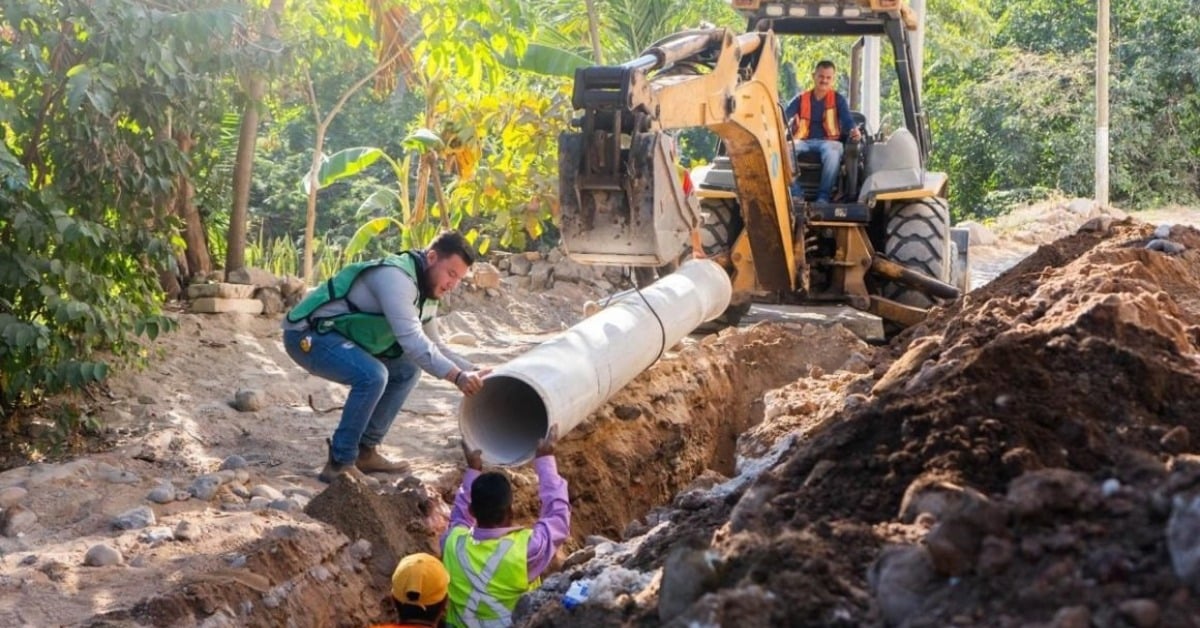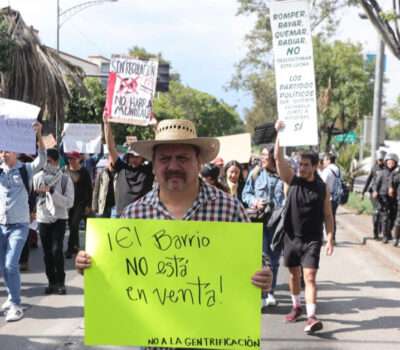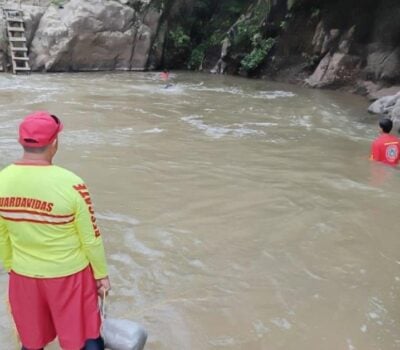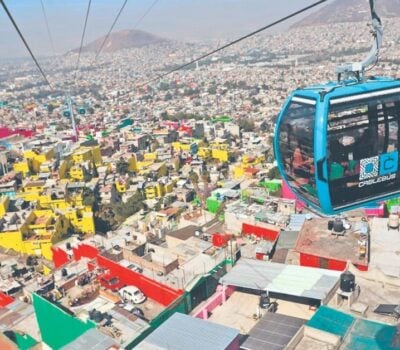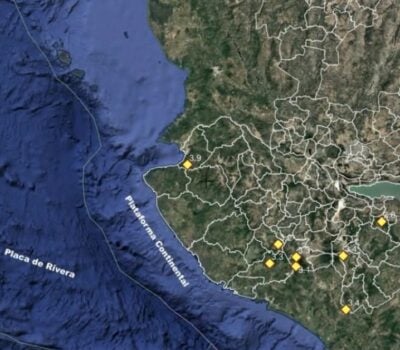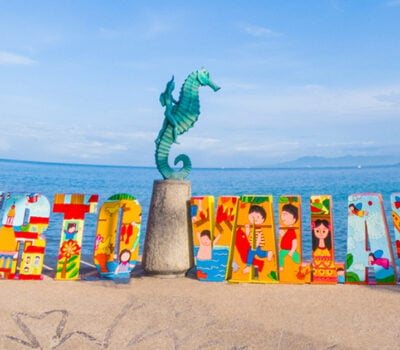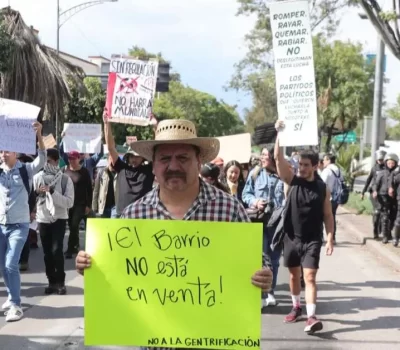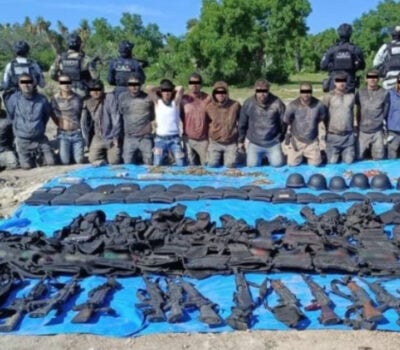Puerto Vallarta, Jalisco - Puerto Vallarta’s aging water infrastructure is straining under pressure, with more than half of its 4,000-kilometer hydraulic network now over 30 years old, causing increased failures and urgent repairs across the municipality.
According to Seapal Vallarta, the city’s municipal water and sewer agency, Puerto Vallarta maintains 2,969 kilometers of drinking water pipes and an additional 1,943 kilometers of sanitary sewer lines, for a total network comparable to traveling more than 21 times along the new short route between Puerto Vallarta and Guadalajara. While the network has reliably served residents for decades, age and weather are beginning to take their toll.
“We’re facing a growing number of pipe breaks and infrastructure failures, especially during the rainy season, when wet and shifting soil leads to instability and collapses,” Seapal said in a statement.
The rainy months intensify stress on the aging system, with sudden ground movements causing cracks and leaks in vulnerable areas. These failures often trigger emergency shutdowns and require immediate repair crews, leaving many neighborhoods temporarily without drinking water. The most affected zones are often those built atop older segments of the water network, where decades-old materials are less able to withstand environmental changes.
Emergency Preparedness: Seapal Urges Residents to Store Water
In light of these challenges, Seapal is encouraging residents to be proactive by maintaining their own water storage systems, including rooftop tanks, cisterns, or other reserves. These storage systems can offer a vital cushion during unplanned service interruptions.
“Having storage facilities is key to ensuring families have the necessary leeway during repairs, network pressurization, or any other eventuality,” the agency said.
Local water storage not only provides backup during emergencies, but also helps stabilize household routines—ensuring families have water for essential needs even during service disruptions. This recommendation is especially important for high-density neighborhoods or areas on elevated terrain, where restoring water pressure can take longer.
Long-Term Maintenance Amid Structural Complexity
Seapal Vallarta acknowledges the complexity of managing such an expansive and aging infrastructure. The agency reports that routine maintenance and upgrades are ongoing, but budget constraints, urban sprawl, and the technical challenges of replacing deeply buried pipes mean that system-wide modernization is a slow process.
“Our crews are out in the field daily, working to patch and repair aging segments,” said a Seapal representative. “But the system is vast, and the age of the network makes the work both urgent and difficult.”
Experts in public utility management note that Puerto Vallarta’s situation is not unique. Many coastal and rapidly growing cities in Mexico are dealing with the dual burden of old infrastructure and growing demand—a combination that leads to mounting repair costs, increased public frustration, and heightened vulnerability during seasonal weather shifts.
Water Conservation More Important Than Ever
To ease strain on the system and reduce the risk of widespread outages, Seapal is also urging the community to use water more efficiently, particularly during times of high demand or diminished availability. This includes limiting water use during peak hours, fixing household leaks promptly, and avoiding unnecessary consumption such as washing driveways or overwatering gardens.
Simple measures like installing low-flow showerheads, closing the tap while brushing teeth, and repairing toilet leaks can collectively make a difference across the city.
“Every drop counts,” Seapal reminds the public. “Water conservation not only protects our shared resource—it also reduces pressure on a system already operating at its limits.”
A Call for Public Support
As Puerto Vallarta continues to grow, so too does the need for a comprehensive infrastructure renewal plan. Local officials and Seapal Vallarta recognize the importance of long-term investment but emphasize that public cooperation is essential—not only in terms of conservation, but also in supporting the difficult work of upgrades and maintenance.
Until full modernization is achieved, residents are advised to remain prepared for periodic outages, especially during the rainy season. Staying informed, storing water in advance, and practicing conservation can help ease the collective burden.
Puerto Vallarta’s aging water infrastructure is a reminder of the hidden systems that sustain daily life—and the collective responsibility required to protect and improve them.


